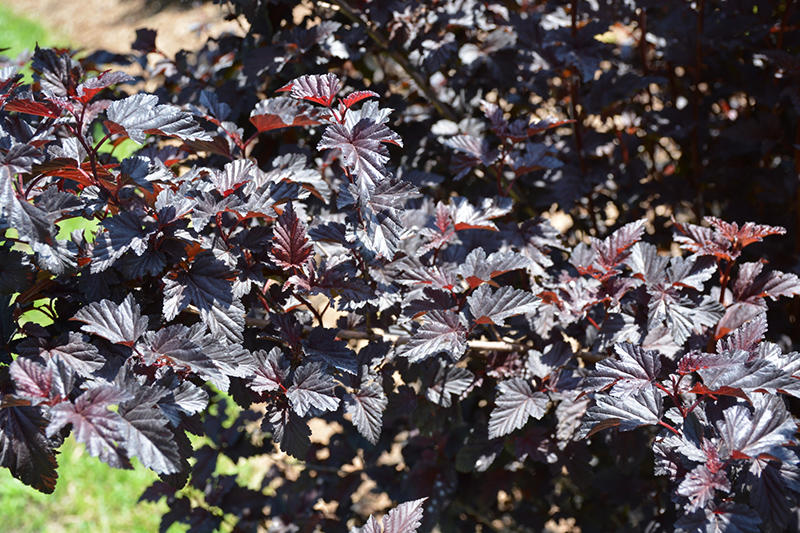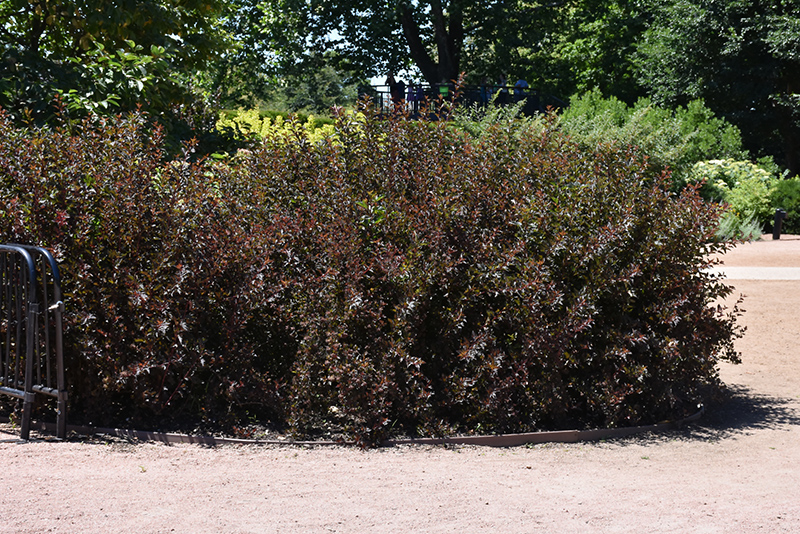Get ready to ignite your excitement and cultivate unforgettable memories
with Wallace's Garden Center Events! We're thrilled to invite you to a world of
enchanting experiences, where every gathering is a celebration of nature, community, and pure fun.
Plant Finder
Summer Wine® Black Ninebark
Physocarpus opulifolius 'SMNPMS'
Height: 6 feet
Spread: 6 feet
Sunlight:
![]()
![]()
Hardiness Zone: 2
Other Names: Eastern Ninebark
Brand: Proven Winners
Description:
This stunning garden shrub has the darkest, most dramatic foliage, and a very versatile habit; foliage emerges a deep wine-red and matures to near black, highly contrasting the showy white flowers in spring; also has curious peeling bark
Ornamental Features
Summer Wine® Black Ninebark features showy clusters of white flowers at the ends of the branches in late spring, which emerge from distinctive pink flower buds. It has attractive deep purple foliage with hints of black which emerges crimson in spring. The serrated lobed leaves are highly ornamental and turn an outstanding red in the fall. It features abundant showy red capsules from early to mid fall. The peeling tan bark and dark red branches add an interesting dimension to the landscape.
Landscape Attributes
Summer Wine® Black Ninebark is a multi-stemmed deciduous shrub with a more or less rounded form. Its relatively fine texture sets it apart from other landscape plants with less refined foliage.
This shrub will require occasional maintenance and upkeep, and can be pruned at anytime. It has no significant negative characteristics.
Summer Wine® Black Ninebark is recommended for the following landscape applications;
- Accent
- Mass Planting
- Hedges/Screening
- General Garden Use
Planting & Growing
Summer Wine® Black Ninebark will grow to be about 6 feet tall at maturity, with a spread of 6 feet. It has a low canopy, and is suitable for planting under power lines. It grows at a medium rate, and under ideal conditions can be expected to live for approximately 30 years.
This shrub does best in full sun to partial shade. It is very adaptable to both dry and moist locations, and should do just fine under average home landscape conditions. It is not particular as to soil type or pH. It is highly tolerant of urban pollution and will even thrive in inner city environments. This is a selection of a native North American species.



